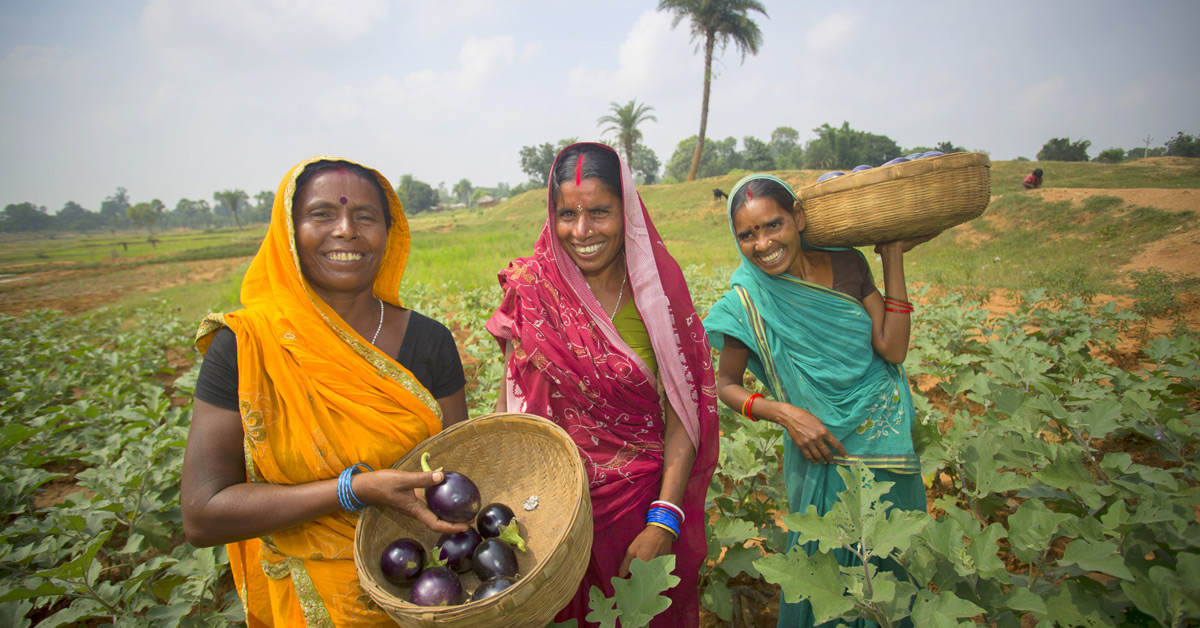
The introduction of Bt and herbicide-tolerant crops will harm the health of 1 billion Indians and their animals
Lead petitioner Aruna Rodrigues filed a Public Interest Litigation in 2005 with the Supreme Court of India to prevent the commercialisation of genetically modified organisms (GMOs) in Indian agriculture. In a spate of intense hearings at the Supreme Court ending 18 January 2024, she has concluded her 20-year battle. Aruna told GMWatch she doesn’t yet know when the ruling will be issued.
 Aruna has published an article in Off-Guardian in which she distils the essence of the around 60 submissions she has made to the Supreme Court over the past 20 years.
Aruna has published an article in Off-Guardian in which she distils the essence of the around 60 submissions she has made to the Supreme Court over the past 20 years.
Following is Aruna’s summary of her article.
---
Hybrid Bt cotton, the only commercialised GM crop in India since 2002 has failed conclusively. Based on this failure and the evidence of clear harm of GMOs to human and animal health, the Union of India nevertheless attempted to repeat the abject failure of Bt cotton in hybrid Bt brinjal, which did not succeed. Its current proposal to commercialise hybrid herbicide-tolerant (HT) mustard DMH 11 (developer: Prof D. Pental, Centre for Genetic Manipulation of Crop Plants at the University of Delhi, South Campus) will destroy not just Indian mustard agriculture, but citizens’ health.
Key points:
1. Conflict of interest: There is a serious and proven conflict of interest among India’s regulators, the Ministry of Science and Technology and the Ministry of Agriculture, along with the Indian Council of Agricultural Research (ICAR), which promote GMOs in Indian agriculture. This evidence reflects the findings of the TEC Report (Technical Expert Committee) appointed by the Supreme Court in 2012 and two Parliamentary Standing Committees of 2012 and 2017.
2. Concerns about GMOs: GMOs create organisms in ways that have never existed in 3.8 billion years of evolution and produce unintended effects that are not immediately apparent. They are laboratory techniques not used in traditional breeding and selection, posing potential risks to human health and the environment. GMO contamination of the natural environment is of outstanding concern, as recognised by the Convention on Biological Diversity. India is a hotspot of diversity, including being a secondary centre of origin for rapeseed mustard, with over 9000 accessions in our gene bank. With a commercialised GM crop, contamination is certain. The precautionary principle must apply, and is read into the Constitution.
3. Failure of hybrid Bt cotton: India is the only country in the world to have introduced the Bt gene into hybrid Bt cotton. The reason? Hybrids are a “value-capture mechanism” for the developers. The technology disallows seed-saving by millions of small farmers. Indian farmers may have paid an additional Rs 14,000 crores (1.3 million GBP, 1.6 million USD) for Bt cotton seeds/traits during 2002-18.
Prof Andrew Gutierrez (University of California, Berkeley) is among the world’s leading entomologists and cotton scientists. He provided the ecological explanation of why hybrid Bt cotton has failed. Most hybrid cottons are long season (180-200-day duration) that link-in with the life-cycle of the pest, leading to crop failures. Hybrids also require more water through stable irrigated conditions and more fertiliser. Some 90% of current Bt cotton hybrids appear susceptible to sap-sucking insects, leaf-curl virus, and leaf reddening, adding to input costs and loss of yield. Most telling is that India produces only 3.3 million tonnes from its irrigated area of 4.9 million hectares, compared to 6.96 million tonnes from an equivalent area in China.
Hybrid Bt cotton in India has resulted in a yield plateau, high production costs, and low productivity, leading to farmer distress and suicides. It has stymied the development of economically viable high-density short-season (HD-SS) non-Bt high-yielding varieties. The failure of hybrid Bt cotton is a cautionary lesson for GMO implementation in other crops.
4. Disaster in the making: GM hybrid HT mustard DMH 11 is a herbicide-tolerant crop, which can survive the spraying of Bayer's herbicide glufosinate ammonium. The self-assessed biosafety dossier of the developer (Prof D. Pental, Centre for Genetic Manipulation of Crop Plants at the University of Delhi, South Campus) has never been made public. Rodrigues presents evidence of a deeply flawed regulatory process, intentional obfuscation of facts, including yield data, and real environmental and health risks associated with the use of glufosinate ammonium, which, according to Bayer itself, is a neurotoxin.[1] The undeniable evidence against the commercialisation of hybrid mustard HT DMH 11 forced the respondents (Union of India), in their formal reply affidavit in the Supreme Court, to admit that HT hybrid mustard did not out-yield non-GMO hybrids.
The TEC recommend a double bar on GM mustard — for being an HT crop and also because it would be cultivated in a centre of mustard diversification and/or origin.[2]
Call for moratorium: It is hoped that our government will recognise the dangers of GMOs, bar HT crops, including GM mustard, and impose a moratorium on all Bt crops.
Notes
1. Bayer https://crop-protection.basf.in/sites/basf.in/files/2019-03/sds_basta_sl150_0.pdf ; Bayer Annexure (Prof Parthasarathy Submission) – evidence submission to the Supreme Court.
2. TEC Reports: Interim Report of Oct. 2012 and Final Report of Jun-Jul 2013.
About Aruna Rodrigues
Aruna Rodrigues is the lead petitioner in the GMO Public Interest Writ filed in 2005, for a moratorium on GM crops in India. As a passionate advocate for sustainable agriculture, she has dedicated two decades to challenging the introduction of GMOs in the country.










